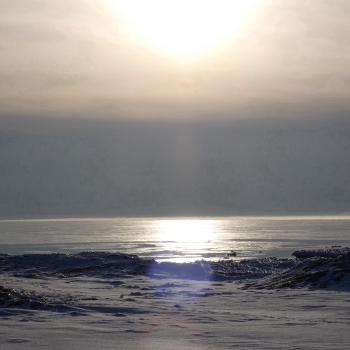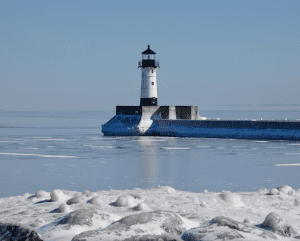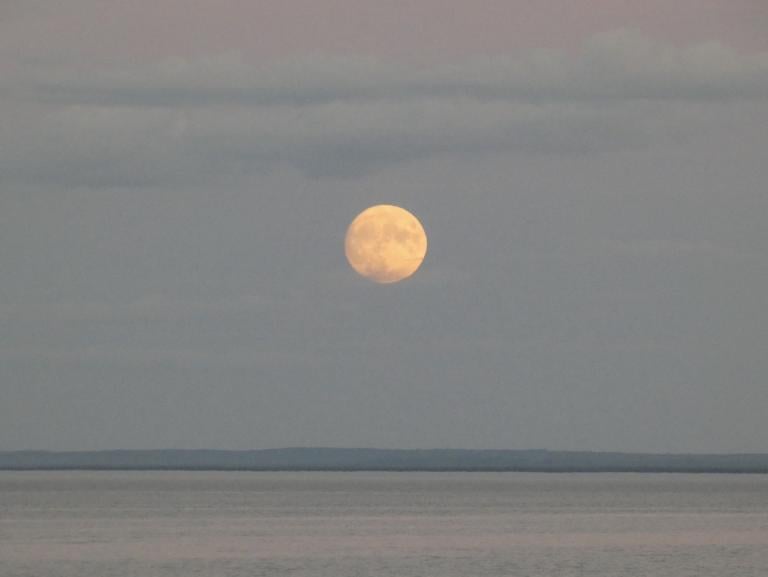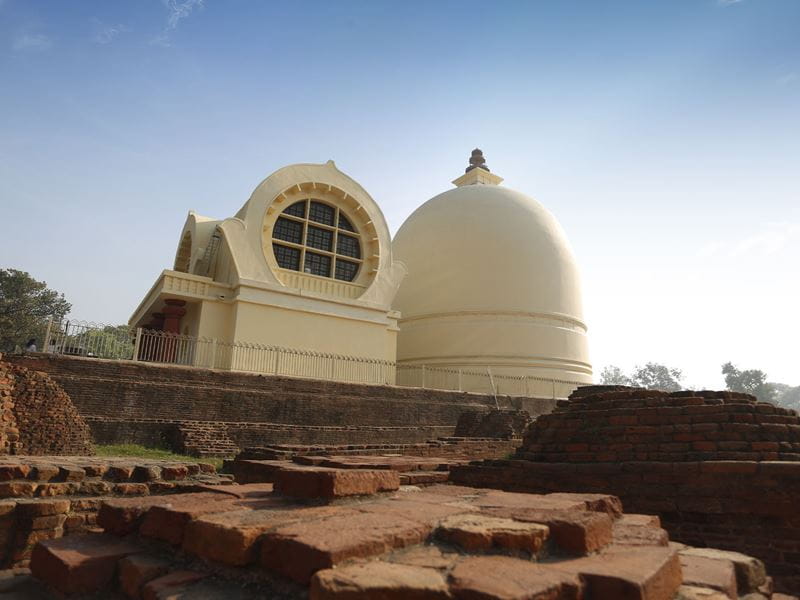
- Trending:
- Pope Leo Xiv
- |
- Israel
- |
- Trump
- |
- Social Justice
- |
- Peace
- |
- Love
The 100 Most Holy Places On Earth
Parinirvana Stupa

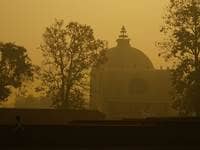
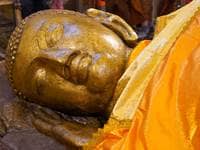
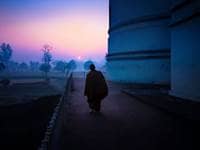
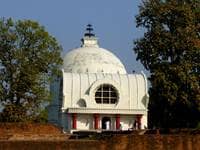
Also Known As:
Mahaparinirvana Temple, Parinirvana Stupa.
Associated Faiths:
To a much lesser extent, Hindusim.
Accessibility:
Open to visitors.
History
The Mahaparinirvana Temple is situated at the site where the historical Buddha (Sidhartha Gautama) is said to have died of food poisoning when he was 80-years old. While many religious sites (associated with the lives or deaths of significant figures of antiquity) are more rumored than “proven” to be the site of some sacred event, there is sizable evidence that this is actually the correct location for the Buddha’s passing.
Buddhists use stupas as sepulchral moments or receptacles for the corpse of the deceased (and for relics associated with the deceased). Thus, the Parinirvana Stupa is said to contain some of the cremated remains of Sakyamuni, or Sidhartha Gautama—the Buddha.
While the stupa had been lost to history, in 1867 it was discovered and excavated. Made of brick, it survived for more than two millennia. Inscriptions on the walls, and a broken statue of the Buddha inside, indicate that this is the site of the burial of some of Sidhartha’s remains. The stupa of Sakyamuni was restored in 1877, retaining many of the original elements of the original ancient stupa.
The current temple on the site was built in 1956, to commemorate the 2,500th year of the Mahaparinirvana (or Buddhist Era). The Temple houses a red sandstone statue of the relining Buddha—the position he was said to have assumed as he prepared to pass away. The statue is slightly over 20 feet long and is said to be a reconstruction of the original ancient statue discovered (in the mid-19th century) by the British Major General and archeologist, Sir Alexander Cunningham.
Today, it functions as the idol of the temple and its associated stupa. An inscription on the platform on which the statue rests indicates that the original shrine built on the spot was built in the 5th century CE by Swami Haribala, a disciple of the Buddha.
Considered the most important tourist attraction in Kushinagar, and one of the four most important sites in Buddhism’s history, the Mahaparinirvana Temple (and the Parinirvana Stupa, which sits just behind the temple) are not the only things to see at this sacred site. Indeed, the temple site is the location of the ruins of no less than eight former Buddhist monasteries. There are also several stupas (or burial mounds) on the site which date back many centuries.
Religious Significance
Death is a rite of passage in most religious traditions, and Buddhism is no different. Many religions and peoples create monuments to remember their dead, and the preservation of the body of the deceased, the grave of the deceased, and the memory of the deceased, have been common practices in many religions and many cultures throughout history—Buddhism being no different.
It is no surprise that the Mahaparinirvana Temple and the associated Parinirvana Stupa are sacred sites for Buddhists and others who are familiar with the life, teachings, and impact of Sidhartha Gautama—known colloquially as “THE Buddha.” Pilgrims from throughout the world frequently visit this sacred site, almost certain to be the very spot where Sakyamuni passed from this life into Nirvana.
While Sidhartha is a religious figure in Buddhism and Hinduism, he is also a sort of pop culture icon in many Western nations. While only snippets of his teachings are known or understood by the average member of the Abrahamic traditions, nonetheless, his fame has in many ways surpassed his teachings and, thus, the site of his interment is a draw, even for those who do not fully comprehend the truths he revealed.
One of the most common practices for those who visit a stupa—including the Parinirvana Stupa—is to engage in circumambulation. Traditionally, stupas were burial mounds (as the name implies) and, thus, one did not enter the actual stupa, but walked around it instead, engaging in meditation associated with the life and/or teachings of the person whose remains were interred therein.
Circumambulation around the Parinirvana Stupa is a reminder of not only the Buddha’s enlightened teachings, but also of samsara (or the cycle of endless births). As he or she circumambulates the stupa, it is common for the practitioner to try to visualize his or her own enlightenment—imagined by visualizing movement from the perimeters of spirituality or enlightenment to the center or hub of the stupa (often marked by a spire or yasti). For many, particularly in Vajrayana Buddhism, this practice of visualization helps to increase the likelihood of enlightenment, bringing a cessation of the cycle of birth, life, death, and rebirth.
Among the Buddha’s last words were these: “Diligently work out your salvation.” Sidhartha is said to have shown those who choose to follow his teachings exactly how to do that. A pilgrimage to the Mahaparinirvana Temple and Parinirvana Stupa is a provocative encounter which almost forces one into introspection, provoking the question, “Am I diligently seeking to work out my salvation?” Inspired by the Buddha’s “life well lived,” millions every year find themselves leaving this sacred site more committed to personal holiness and more dedicated to the achievement of their own enlightenment.



